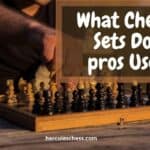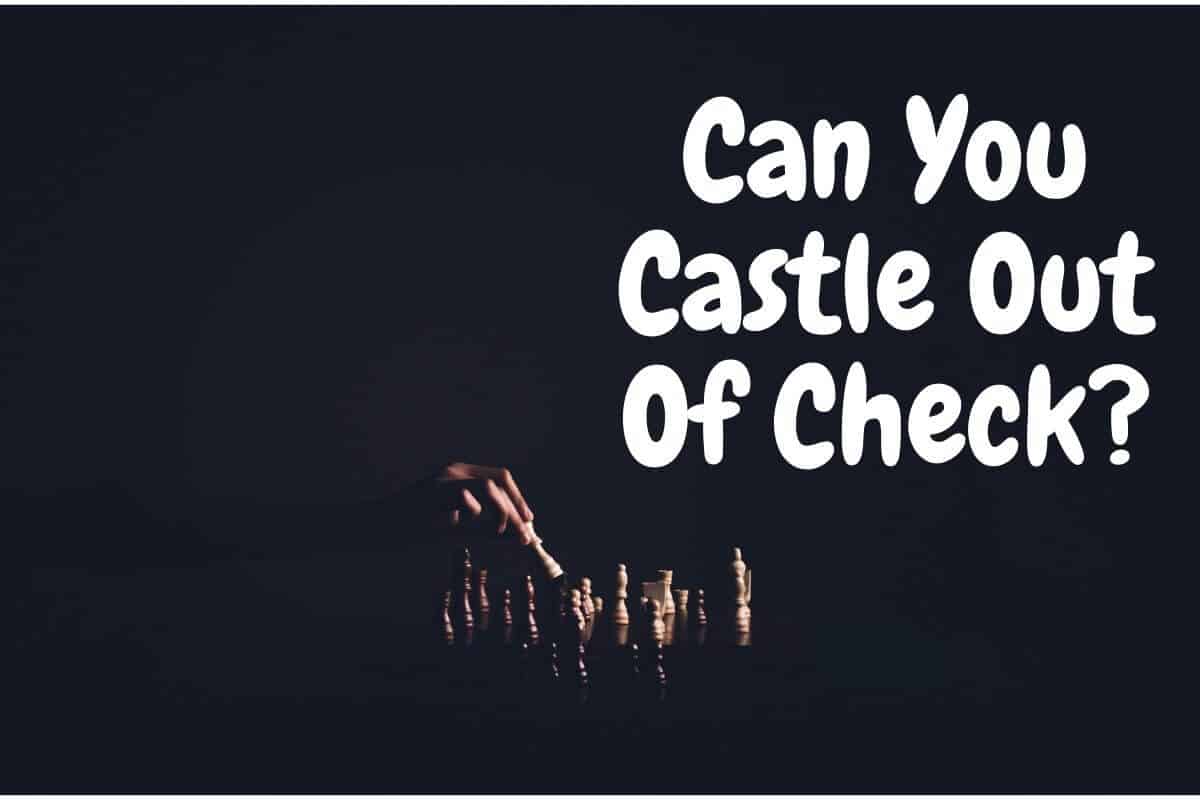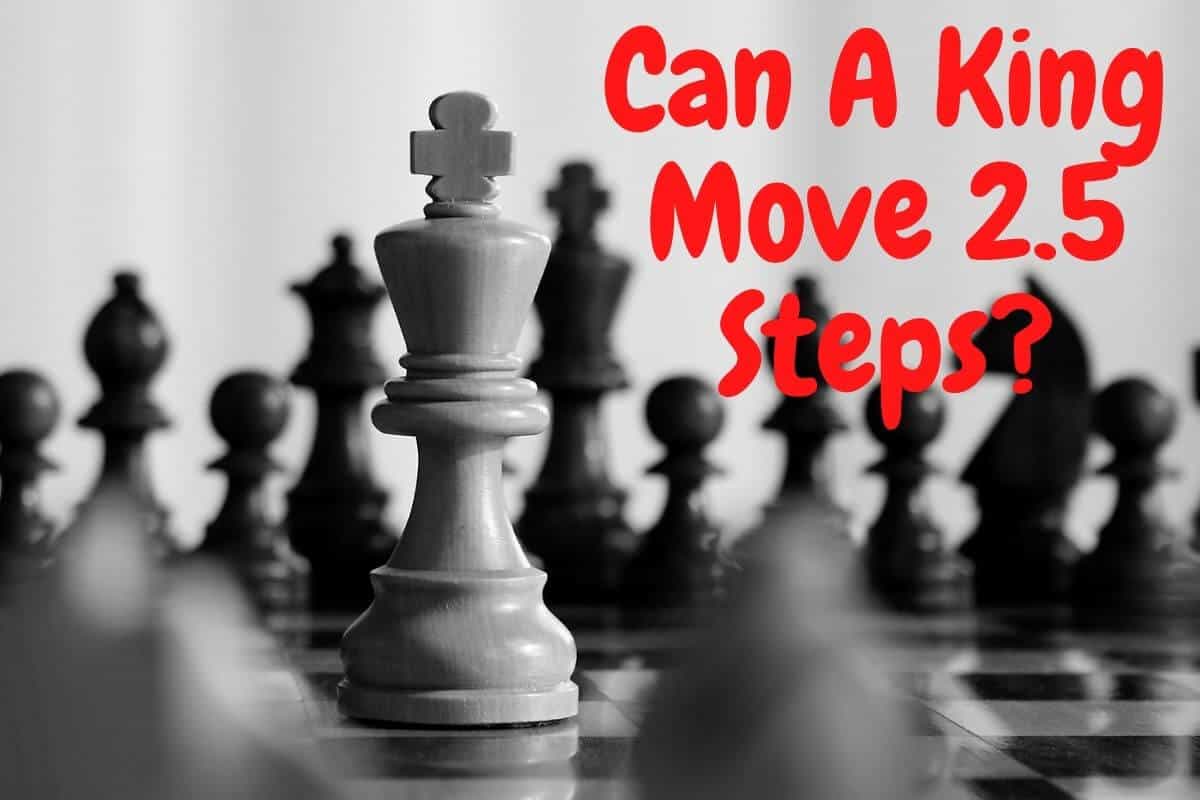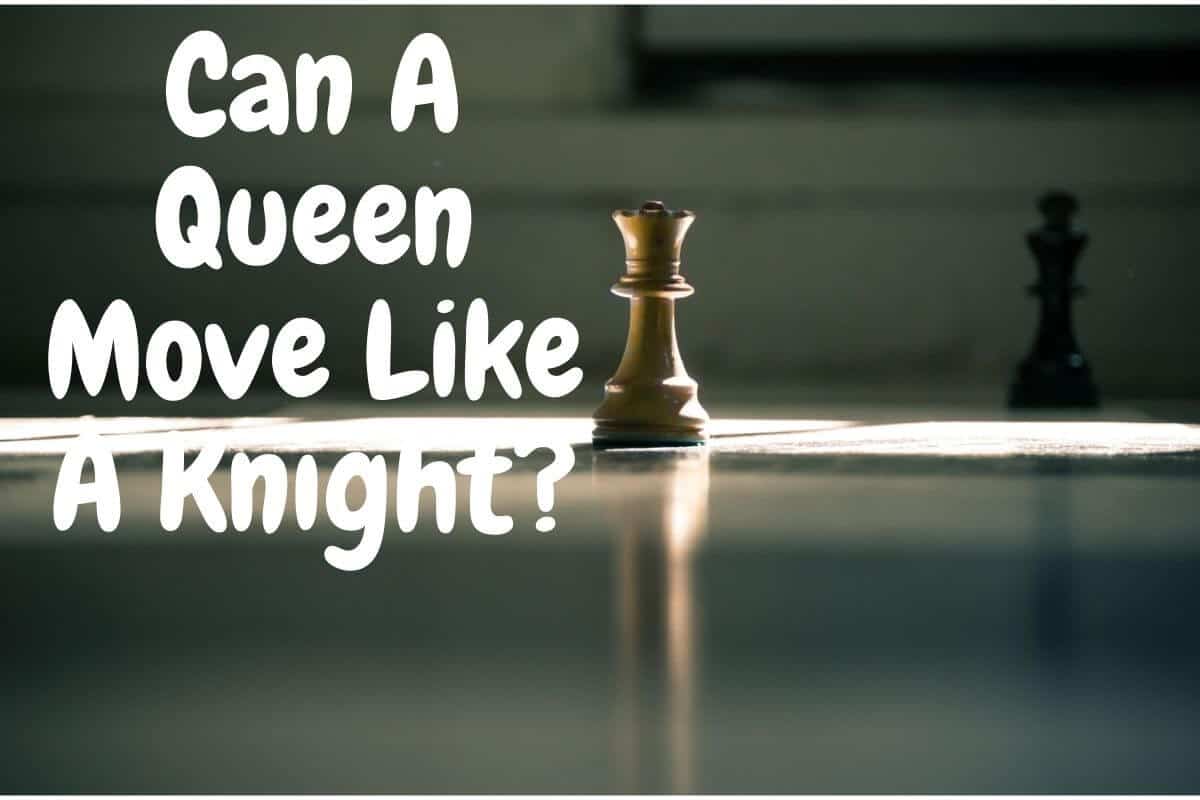When learning about the game of chess, we sometimes stumble upon words and phrases which are difficult to grasp. It’s therefore important that we understand the basic terms and phrases of the chess game if we wish to progress any further in our studies. This will allow us to better interpret analysis, chess books, and other resources with little to no hassle. With that said here are 50 important chess terms every beginner must know:
Chess Terms and Their Meaning

1. Activity
This defines the freedom of movement or the mobility of chess pieces. Each active piece has a better possibility of positively influencing the game’s outcome, compared with an inactive piece (an underdeveloped, blocked, or cramped piece). An active piece is a key way of assessing a chess position.
2. Adjournment
An over-the-board game might get adjourned when it isn’t concluded in a single session. Once the game is adjourned, one player gets to seal their next move inside an envelope to keep it secret. The sealed envelope is only revealed once the game is resumed at the specified time.
An adjournment is a rare occurrence today since tournament organizers prefer concluding even long games in a single session. The play rate required by most international tournaments is 40 moves within 2 hours, 20 moves within an hour, and for the remaining game, players get 30 extra minutes. The last part of time control is sudden death, which doesn’t need any adjournment.
3. Advantage
This term defines the winning potential of a color (or one side of the chess game). It is typically based on chess piece positions on the board. If one color (or one side) appears to be winning the game, then that side is said to have a plus, pull, edge, or an ’advantage.’
For example, a ‘clear advantage’ is sufficient to win if correctly played, whereas a ‘slight advantage’ simply provides improved practical chances, even though the player may draw the position with a better play.
A judgment of an advantage should take into consideration complex criteria like the king’s safety (one side’s king is more safe compared with the other), activity (the enhanced influence of pieces), space (more room for maneuvering), material (more pawns or pieces), or other major weaknesses (such as a backward pawn).
4. Attack
A coordinating attempt to aggressively gain an advantage. The main aim of the majority of the attacks is to checkmate the opponent’s king. A carefully executed attack usually forces the opponent to sacrifice pieces as a defense or to accept weaknesses that lead to an advantage for an opponent’s attack.
5. Blockade
A tactical method and a special decoy. This term defines a scenario in which the pawn advance is prevented by placing a piece directly in front of the pawn.
6. Backward Pawn
This is a pawn that can’t be protected by the rest of the pawns on its flanks, as they have moved far ahead. The backward pawn is a primary weakness in the chess position since it has more chances of getting attacked. Its defense requires pieces that are better engaged in another plan.
7. Bad Bishop
This is a bishop whose movement has been typically decreased, because of a friendly pawn positioned on the same colored squares.
8. Checkmate
A position in which the king has no chances of avoiding capture. This is the objective end of a chess game.
9. Closed
This is a term that defines a position in which pawns block the movement of pieces around a certain area or the whole board. This is the very opposite of an open position.
10. Combination
This is a position’s tactical exploitation (forced moves) that lead to a player’s advantage.
11. Cramped
This is the quality of the chess position, which prevents freedom of movement or the mobility of pieces positioned behind pawns of the same color. A cramped position means there is a lack of space. If a player’s position is cramped, then the player lacks the freedom to move (compared with its opponent).
A cramped player can’t switch play from a certain part of the board to another, as quickly as the opponent can. The cramped position is one of the major elements in assessing a chess position.
12. Development
This is the method of moving pieces from their original places to a position in which these pieces can better help the player.
13. Doubled Pawns
This means two same-colored pawns on the same file. This is usually seen as a disadvantage since the pawns can’t defend one another.
14. Fianchetto
This is a chess position, evolved through developing the bishop on a long diagonal, specifically g2 and/or b2 squares. This is a pretty strong position, as the bishop can exert maximum pressure along its longest diagonal. The term is derived from ‘fianco,’ an Italian word meaning ’flank.’
15. File
This is the vertical (down and up) row of squares. Both players’ kings start the game on the same file.
16. Fish
This refers to bad chess players.
17. Forced
A set of moves or a single move is needed to prevent a bad result.
18. Gambit
This is a speculative material sacrifice for some compensation, as an advantage. Gambits typically involve sacrificing a pawn or a minor piece when the game has reached a complex phase (like a middle game or an opening). This move is challenging, but possible to counter. An obvious material sacrifice for an apparent advantage is known as a combination, not a gambit.
19. Grandmaster
A highly rated and outstanding chess player.
20. Horse
This is an informal word that refers to a knight. This word is typically used by young players.
21. Howler
This refers to a bad move. It is a mistake that overlooked a clear tactical response. It is also referred to as a blunder.
22. Mate
This is a shortened version of checkmate. It means a king has no chance to avoid capture.
23. Material
This refers to chess pieces. The player who has better-valued pieces left to play with has a material advantage. Material is another main quality used to assess a chess position.
24. Middle Game
This is the second phase of a game, right after the opening and before the end game. In the middle game, pieces have finished developing or are almost complete, and numerous pieces have been traded or captured as players initiate creative plans or strategies.
25. Open
This means a position in which pawns aren’t blocking pieces from moving in certain parts or all of the board. This is the complete opposite of a closed position.
26. Opening
This refers to the initial phase of the game before the middle and end game. In this phase, players attempt to rapidly develop their pieces, try gaining space for the pieces to move around, and start bringing their king to safety. Various interesting opening lines are documented and analyzed extensively in computer databases and texts.
27. Over the board
This refers to playing chess on a chessboard, as opposed to by email or post.
28. Passed Pawn
This is an advantage in a chess game, in which the pawn’s progress isn’t blocked or guarded by enemy pawns.
29. Position
This refers to the arrangement of chess pieces. The player who has a better placement of pieces has a ‘positional advantage.’
30. Promotion
Once the pawn reaches the last rank, the player can replace it with their choice of a knight, bishop, rook, or queen. If a pawn survives and reaches the last rank, it is rewarded with a promotion to a higher valued piece.
31. Queening a Pawn
This is a unique scenario of a pawn promotion to a queen. This term is usually used to define a promotion in general, as a pawn is typically promoted to a queen.
32. Rank
This refers to the horizontal (right to left) row of squares. All pawns start the game from the player’s second rank.
33. Rating
This refers to the ability of the player, usually a numeric score.
34. Sacrifice
Deliberately losing pieces to gain a potential advantage.
35. Sealed Move
This is a way of secretly recording the next move in an adjourned game (till the game is resumed at a later time).
36. Space
This refers to a chess position that enables better freedom of movement or improved mobility for pieces that are positioned behind the pawns. This is the very opposite of cramped.
If a player’s position appears to have more space, then it means that the player has more freedom to move compared with his/her opponent. The player with better space can easily switch the game from one end of the board to another, rather quickly.
37. Smothered Mate
This is a phrase that defines a checkmate in which there isn’t any escape, as its own pieces are blocking its escape routes.
38. Stalemate
This refers to a game that ends in a draw, as there aren’t any legal moves left.
39. Strategy
This term defines a usual thought process needed to plan the chess game. The strategy has more to do with moves that will be performed in the distant future than calculating the next move.
40. Study
This refers to a composed endgame position, in which significant thought and artful play is needed to end the game in a draw or victory. Commentators typically refer to a position as a study if it is unusually artistic and/or difficult.
41. Sudden Death
This is the time duration in a chess game during which all remaining moves should be completed. The usual rate of play in the majority of international tournaments is 40 moves within 2 hours, 20 moves in 1 hour, and 30 minutes for the remainder of the game. The last 30 minutes to finish the rest of the game is called sudden death.
42. Tactics
This is a term that refers to a short sequence of moves, including threats and counter-threats.
43. Tempo
This refers to the turn at the move. This means chess time as opposed to clock time. This is a slight advantage or an initiative in time for pursuing one’s plans. It is also called a half move or a ply in computer chess terminology. It means the characteristic rhythm or rate of a chess game.
44. Time Control
This indicates the time limit that a chess player has to finish a certain number of moves.
45. Time Trouble
This refers to a situation in which a player must finish up a disproportionate number of moves before the time control.
46. Under Promotion
This means a pawn is promoted to a piece other than the queen. A player can under-promote the pawn to gain a better advantage or to avoid a stalemate.
47. Weakness
This means a flaw in a position, for example, a bad bishop, a shortage of space, a blocked pawn, or any other flaw which ups the chance of losing.
48. Win
This happens when the winning player checkmates or accepts the resignation of an opponent before a checkmate. A win usually occurs when an opponent makes a second to last blunder or mistake.
49. Winning Position
This refers to a chess position from which a player should win with correct play. There are numerous challenging winning positions that can still end in a draw or a loss with alert play by the opponent.
50. Woodpusher
This term refers to a bad chess player.
Post you may like: How to get better at chess?






